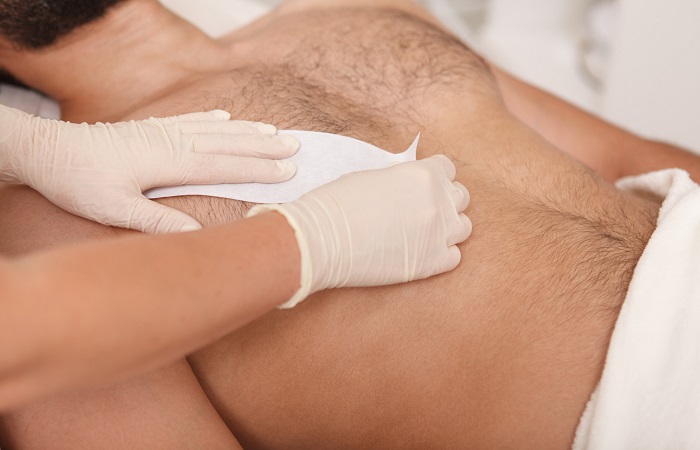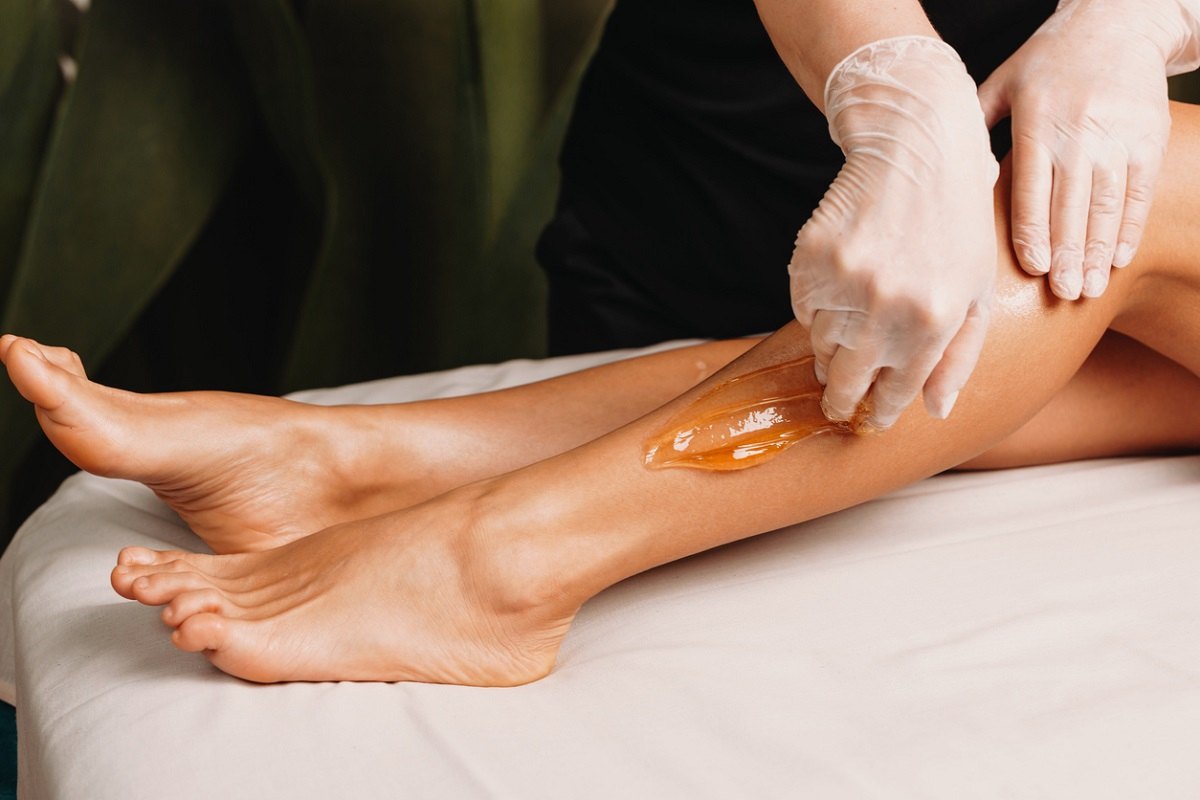Sugaring & Waxing: Removing hair can be a very painful and tedious process, whether you’re shaving or lasering it. However, if you’re preparing for the summer or thinking about freshening things up, then you’ll have to suck it and bear it.
Thankfully, there are much more effective, simple, and longer-term solutions (not to mention less painful, time-consuming and costly) available on the beauty health market—namely, the likes of waxing and sugaring.
While these two treatments offer the same result, they’re very different in their approach. Let’s take a look at each of them, so you know what to choose next time.

Table of Contents
Comparing Waxing & Sugaring
What is Waxing?
The most commonly known – and popular – hair removal treatment. The process involves using natural hardening or softening wax that attaches itself to the hair and is removed from the root. There are many at-home products that can be used, known as strips, but they are not as effective as professional treatment at a hair salon or spa (https://jask.ca/).
What are the Benefits of Waxing?
- As it’s more commonly used, it is more readily available and cost-effective
- As the wax residue is hotter (hitting a high of 40°C), it only needs to be applied once, saving time and multiple applications
- Hair should have a length of 0.5 cm, meaning it’s ideal for longer hair roots
- Results can last months and are more effective than shaving
Compared to sugaring, waxing has been known to be more painful. This is because waxing attaches itself not only to the hairs but also to the skin. However, it does depend on the individual themselves and their pain threshold.
What’s Post-Treatment Like?
Like many skincare treatments, waxing aftercare includes avoiding extreme heat, such as hot showers, baths, infrared sauna and spas for 24 hours. This also includes tanning booths and sunbathing. You should also avoid sweaty sports, deodorant and scratching as this can irritate the skin for a day or so. After this, it’s best to get a mild scrub to reduce the growth of ingrown hairs.
What is Sugaring?
Similar to waxing, sugaring is an organic method in which a paste of sugar, mixed with lemon juice, water and glycerin, is applied against the direction of the hair, before being pulled out the other way.
It’s considered an ancient method, which was used back in the days of Ancient Egypt, with Cleopatra herself using it.
What are the Benefits of Sugaring?
- It’s great for individuals with sensitive skin as it attaches to the hair, not the hair and skin
- There is a lot less irritation and redness after the treatment
- The treatment results in less hair breaks with the hair being removed with the root
- As the sugar paste is already heated at 35°C, it does not have to be heated like waxing. The body heat is sufficient enough for it to work, making it a more comfortable experience
- Like waxing, results can last months
However, there are a few caveats with sugaring. Namely, that the hair has to be at a certain length – 0.3cm for it to be removed successfully. Also, it requires multiple applications, which means the process will take longer than usual.
What’s Post-Treatment Like?
The sugar paste is easily removable after the treatment thanks to it being water-soluble. From there, the aftercare is similar to a waxing session, such as avoiding heat, sweat and anything that can irritate the skin.
What’s Best for Me?
Ultimately, it comes down to what you want and feel. Both waxing and sugaring offer great long-term results for hair removal, while ensuring that the client has a relatively, but not completely, pain-free experience.
There might be a few little differences between them (natural sugar ingredients vs waxing products, multiple applications vs shorter treatments), but otherwise, it is up to your personal preferences. It’s always best to speak to an experienced esthetician, who can provide you with some advice on what is best for you.

